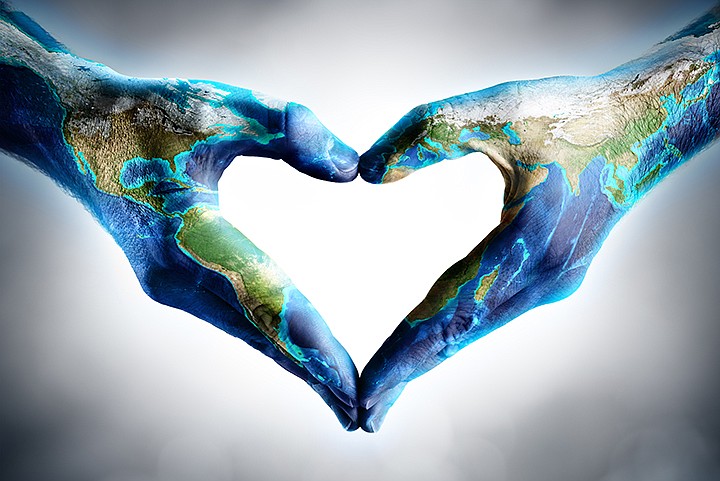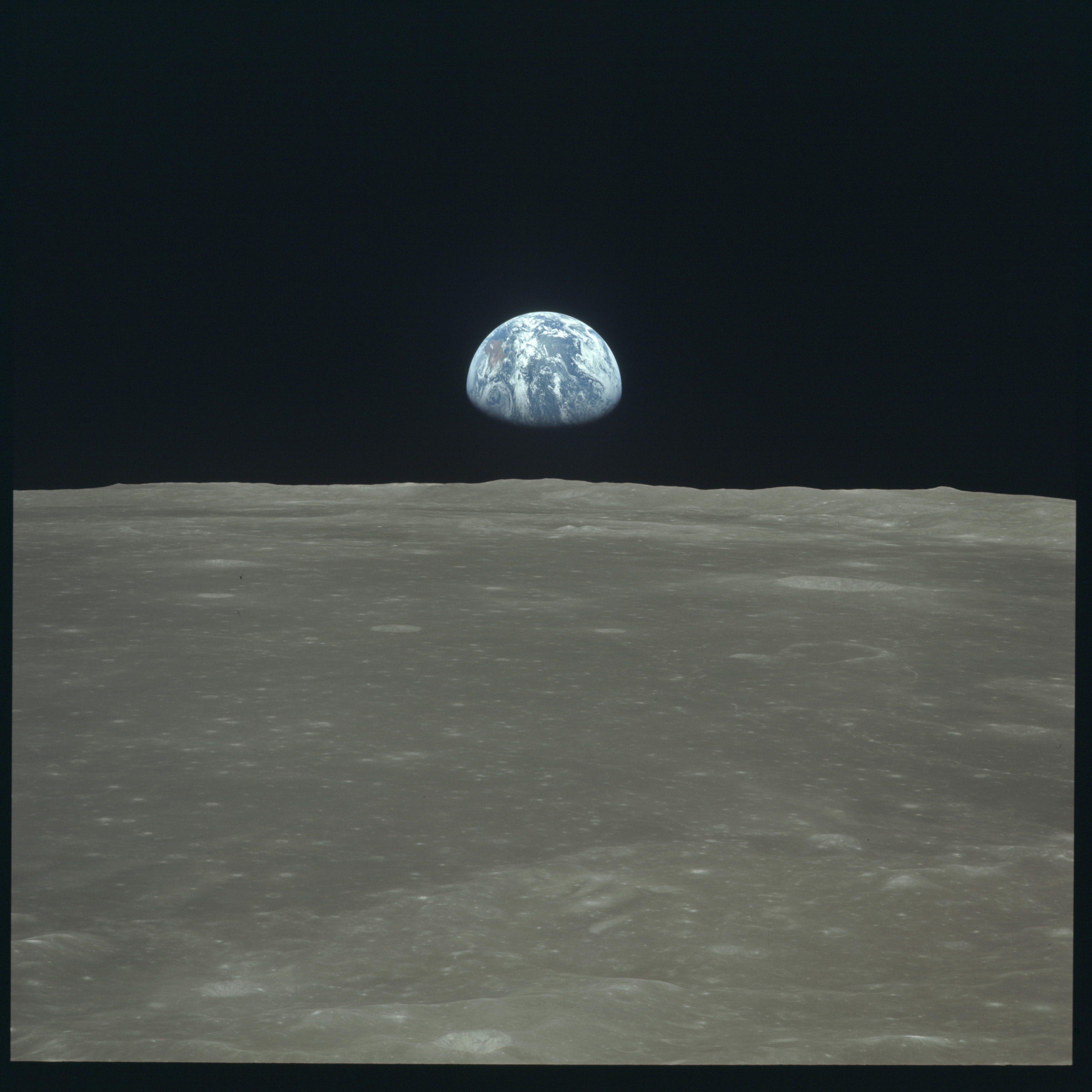Saturday was Earth Overshoot Day, the date when humanity will have used "all the biological resources that Earth can renew during the entire year," as calculated by Global Footprint Network, an environmental research organization.
Said another way, we've cleared out the cupboards and drained the well for the rest of the year.
Said still another way, we're living on 1.6 planets - when we really only have one.
Now, sure, this is just a mathematical calculation, but it does what it's designed to do: It makes us think about our environmental footprint and about how we can live more sustainably on this one and only Earth.
But there's some good news in this year's calculation. This year the overshoot date is three weeks later than 2019's date - July 29 - reflecting a 9.3% reduction in humanity's consumption of our world's biological resources.
Here's the bad news: It wasn't because we got better, tried harder or deliberately worked at it. It was because of coronavirus-induced lockdowns around the world, according to the scientists at the Global Footprint Network.
Decreases in wood harvest and carbon dioxide emissions from fossil fuel combustion are the major drivers behind the historic shift in the long-term growth of humanity's ecological footprint, they say. Again, it wasn't by design. Timber companies cut back production anticipating a slump in building. And think of all the grounded planes, docked cruise ships and cars that are staying parked as many of us shelter or work at home.
The Global Footprint Network has been doing this annual assessment since 2006. That year, Earth Overshoot Day fell in October. The date then steadily edged earlier almost every year until this one, when the COVID-19 pandemic put a dent in the world economy.
To determine the date, Global Footprint Network CEO Laurel Hanscom says the group collects more than 15,000 data points per country - things like food, urban space, and forests to absorb our emissions of carbon dioxide, just to name a few. They they project the calculated results onto a calendar. She calls the result, Earth Overshoot Day, a "snapshot" not unlike gross domestic product.
"It's an indicator that gives you a high-level understanding of how things are going," she recently told The New York Times.
The network makes these calculations by country, as well as globally. For instance, if the whole world consumed like the United States, we would have hit Overshoot Day on March 14 this year.
The goal of the group's effort is public awareness, and they challenge humanity to #MoveTheDate, to push out the date of Earth Overshoot Day.
"If we move the date five days a year, humanity will be using less than one Earth before 2050. If we move the date 10 days a year, we would comply with Intergovernmental Panel on Climate Change's most recent 2030 targets," according to the group's website.
Until this year, the overshoot date had moved up two months over the past 20 years, but clearly we need to live on our planet's ecological budget by design rather than by disaster.
Hanscom wisely told The Times she views the delay of Earth Overshoot Day this year, and the pandemic that prompted it, as a warning sign.
"One way or another, humanity will come into balance with the Earth," she said. "We don't want it to be through disaster. We want it to be through intentional, designed efforts to make sure it doesn't come at such a high and terrible human cost."

